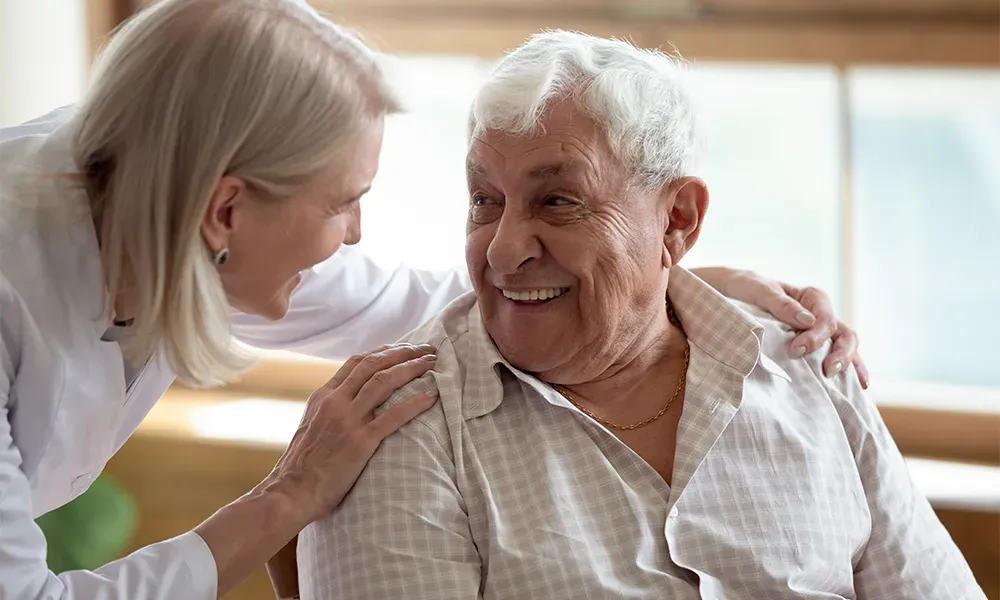Yoga teacher training in Singapore has evolved into a structured and comprehensive process that prepares individuals to become skilled and certified yoga instructors. The training involves a deep dive into various aspects of yoga practice, teaching methodologies, and personal development. This article provides an in-depth look at the behind-the-scenes elements of yoga teacher training, highlighting the essential components of yoga courses and the practicalities involved in achieving certification.
The Structure of Yoga Teacher Training Programs
Yoga teacher training programs in Singapore are meticulously designed to cover a broad spectrum of topics essential for becoming a proficient yoga instructor. These programs typically include several core modules, each focusing on different facets of yoga practice and teaching. The structure usually comprises:
- Foundational Yoga Practice: This module covers the basic postures (asanas), breathing techniques (pranayama), and meditation practices. Trainees engage in intensive practice sessions to master these fundamentals, which are crucial for teaching yoga effectively.
- Anatomy and Physiology: Understanding the human body is vital for safe and effective yoga teaching. This module delves into anatomy and physiology, focusing on how yoga affects various body systems and how to prevent and address injuries. Practical sessions often include hands-on anatomy workshops and alignment corrections.
- Teaching Methodology: This segment focuses on developing teaching skills, including how to structure classes, use effective cueing, and address diverse student needs. Trainees learn to design class sequences that cater to different styles of yoga, such as Hatha, Vinyasa, and Yin yoga. The methodology also covers communication skills and the art of guiding students through their practice.
- Yoga Philosophy and Ethics: An integral part of the yoga training in Singapore is understanding the philosophical underpinnings of yoga. This module explores ancient texts such as the Yoga Sutras of Patanjali and the Bhagavad Gita, and how these teachings can be integrated into modern practice. Ethical considerations and professional conduct are also discussed to ensure instructors uphold the integrity of the practice.
Behind the Scenes: Key Components of the Training Experience
While the formal structure of the program is crucial, the behind-the-scenes aspects significantly impact the overall training experience. These components include:
- Instructor Expertise: The quality of yoga teacher training is heavily influenced by the expertise of the instructors. Leading programs in Singapore often feature experienced teachers with extensive backgrounds in various yoga styles and teaching methods. These instructors bring a wealth of knowledge and practical experience, providing valuable insights and mentorship throughout the course.
- Classroom Dynamics: The interactive nature of yoga teacher training fosters a collaborative learning environment. Trainees engage in group discussions, practice teaching sessions, and peer feedback, which are essential for personal growth and professional development. The dynamics within the classroom also help build a supportive community among future yoga teachers.
- Personal Practice and Development: Trainees are encouraged to deepen their personal yoga practice as part of their training. This involves daily practice sessions, self-reflection, and journaling. Personal development is a key focus, helping trainees to build confidence, develop a unique teaching style, and align their personal values with their professional goals.
- Logistical Considerations: Behind the scenes, organising a yoga teacher training program involves meticulous planning and coordination. This includes scheduling classes, managing administrative tasks, and ensuring that the training facilities are equipped with the necessary resources. Trainers work to create a seamless experience, from handling registrations to providing ongoing support and feedback.
- Assessment and Certification: The assessment process is rigorous, ensuring that only those who meet the required standards receive certification. Trainees undergo practical exams, written tests, and teaching evaluations. The certification process involves not only demonstrating proficiency in yoga practice and teaching but also a commitment to continuing education and professional development.
Conclusion
Yoga teacher training in Singapore is a comprehensive and transformative experience that equips individuals with the skills and knowledge needed to become effective yoga instructors. By understanding the structure, behind-the-scenes elements, and practical considerations involved, prospective trainees can make informed decisions and fully embrace the journey towards becoming a certified yoga teacher.
Contact Yoga Mandala today for more information.



